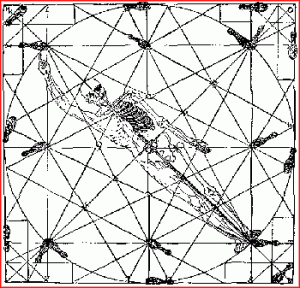Vajramusti
Master Black Belt
- Joined
- Mar 14, 2010
- Messages
- 1,283
- Reaction score
- 312
Pardon a passing comment. Not relevant to much of the thread but related to the opening comment on the punch. Floating on the internet now is a video of Ip Man Punching.Might google Ip Man punching-
per You tube
per You tube





